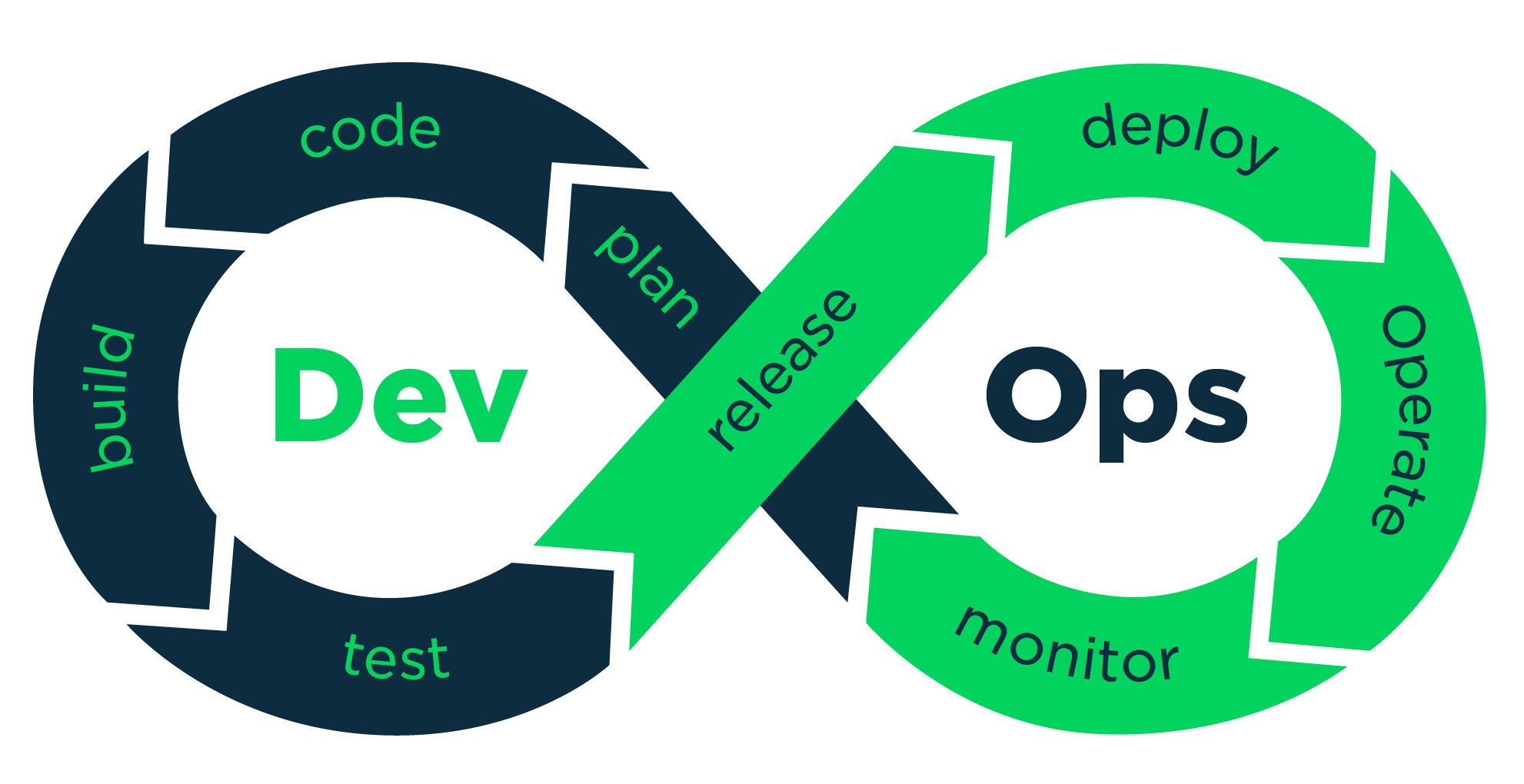What Is DevOps Culture And How To Get Started With It |

Image source: Medium.com
There are many positions on whether DevOps (Developer Operations) is a discipline , career or occupation . The vast majority agree that it is a culture that promotes communication and integration between software developers and the teams in charge of server infrastructure.
Its objective: to accelerate the delivery of new software versions in an agile way, ensuring the highest online time and quality of the software , all this, based on automation, quality tests and the correct administration of the infrastructure.
What do I need to implement a DevOps culture?
The first thing is to communicate that the DevOps culture is going to be implemented , mentioning the benefits and making the team feel part of the change. Then explain the actions to be taken, no matter that they are not developers.
Communication and collaboration to have a DevOps culture are crucial, it is a work between developers and teams in charge of server infrastructure.
The main task will be automation , reduce product deployment times and maintain development quality and stability for the user. You must be clear that this will be an endless process, so each improvement will give you the time you will spend to innovate the process and make it better and better.
If you wish to learn more about this custure, you can visit this Devops blog or for basics, just read the below to get started:
Infrastructure as code
This is where the magic happens. Basically it is to put in code the entire infrastructure of your server so that when you run it, you have an instance with everything necessary for your application to be running. If a server goes down, you can run your code with the infrastructure and in a matter of minutes have your application running again.
Continuous Integration
It is a series of steps that you decide to follow or not, but the more you follow, the more they will help you make code integrations as quickly as possible. That is, when making a new feature that goes to a Quality Assurance environment, you can do automatic tests and if successful, a new feature is deployed.
Continuous Delivery
This is the evolution of CI (Continuous Integration). It is the flow to do automatic deploy, based on testing and necessary infrastructure for each feature. This gives developers the ability to move code to production at any time.
All this is in order to ensure deliveries of new features of your application, as frequently as possible and in the most efficient way.
| Комментировать | « Пред. запись — К дневнику — След. запись » | Страницы: [1] [Новые] |






